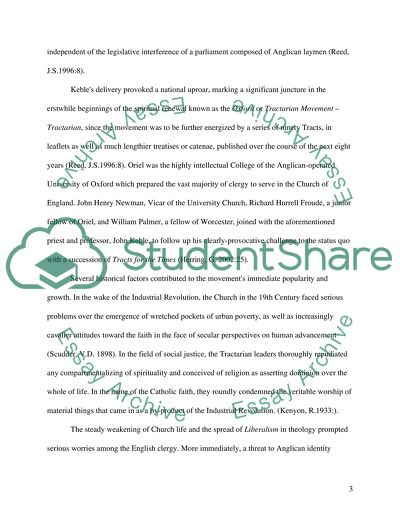Cite this document
(“What Are the Distinct Marks of Catholic Anglicanism Essay”, n.d.)
Retrieved from https://studentshare.org/miscellaneous/1517027-what-are-the-distinct-marks-of-catholic-anglicanism
Retrieved from https://studentshare.org/miscellaneous/1517027-what-are-the-distinct-marks-of-catholic-anglicanism
(What Are the Distinct Marks of Catholic Anglicanism Essay)
https://studentshare.org/miscellaneous/1517027-what-are-the-distinct-marks-of-catholic-anglicanism.
https://studentshare.org/miscellaneous/1517027-what-are-the-distinct-marks-of-catholic-anglicanism.
“What Are the Distinct Marks of Catholic Anglicanism Essay”, n.d. https://studentshare.org/miscellaneous/1517027-what-are-the-distinct-marks-of-catholic-anglicanism.


